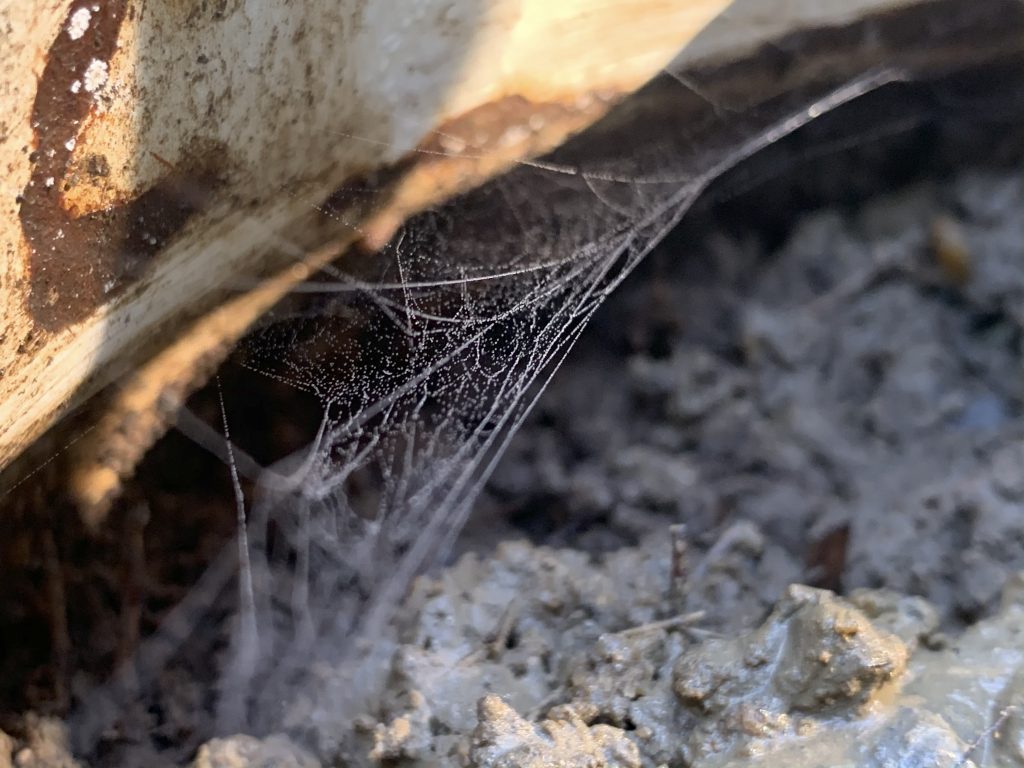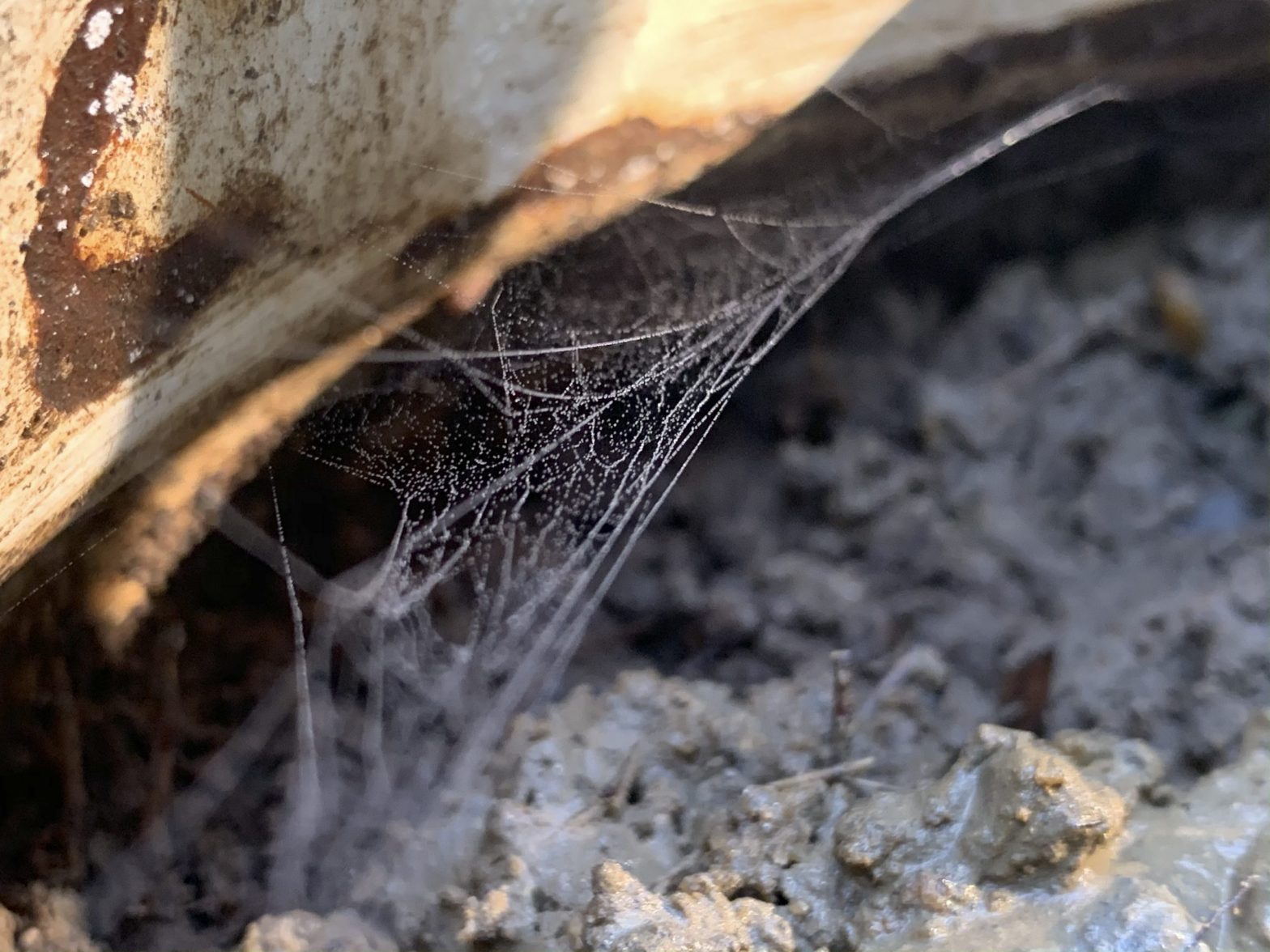An invitation to Move From
Arachnophobia
to Arachnophilia
Against the Sixth Mass Extinction, re-prioritise analogue modes of interspecies relation that promote kinship and solidarity with spider/webs. Find ways that recognise, support and share other forms of situated and embodied knowledges that sit outside hegemonic Western narratives and extractivist frameworks for understanding the world. Calling for environmental justices that enable extended sensitivities for co-existence, Tomás Saraceno’s artistic collaborations open renewed relationships with the terrestrial, atmospheric, and cosmic realms – particularly through his community projects Aerocene and Arachnophilia.
Arachnophilia is an interdisciplinary, research-driven initiative that emerged from Saraceno’s more than 10 year-long collaboration with humans, spiders and their webs. Through this community, Arachnophilia explores concepts and ideas related to spiders/webs across multiple scientific and theoretical disciplines, including vibrational communication, biomateriomics, architecture and engineering, animal ethology, nonhuman philosophy, anthropology, biodiversity/conservation, sound studies and music. Since 2019, Arachnophilia has proposed new, speculative and technological pathways for cultivating affective relations between spiders/webs and humans, harnessing digital tools to cultivate multispecies kinship in the technosphere and the biosphere.

As a way of expanding possibilities for vibrational communication across sensory worlds, the Arachnomancy App was launched on the occasion of the 2019 Venice Biennale. Through this app, users are encouraged to notice the spiders/webs they encounter in both wild and urban spaces. By imagining possibilities for attuning-with, and valuing, nonhuman ways of being, practices of arachnomancy do not only posit that the spider/web has something to say, but that this is something worth listening to – or, rather, that it is something worth sensing: a message from vibratory sensory worlds yet invisible to us. In this way, Arachnomancy seeks to move beyond the human tendency to bind knowledge to language; such that practices of sensing, rather than syntax, might rise to the fore.
